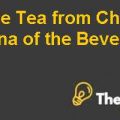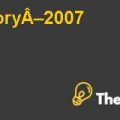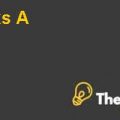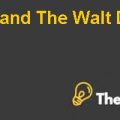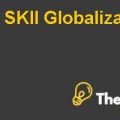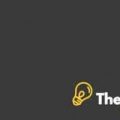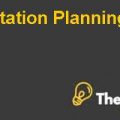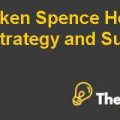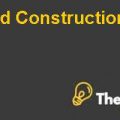
INTERNATIONAL FINANCE CAPITAL STRUCTURE Case Solution
Capital Structure is the mix of a company’s long-term debt, specific short term debt, common equity and preferred equity. The capital structure is the way a firm finances its overall operations and growth by using the different sources of funds.
Debt:
Debt is the amount of money borrowed by one party from another. Companies use debt as the method for raising finance for making purchases and acquiring other companies which they cannot afford under the normal circumstances. A debt arrangement allows the borrowing party to borrow the money under the condition that it is to be paid back at a later date with the interest. Bonds, loans and commercial paper are the examples of debt.
Equity:
Equity is the amount of funds that are contributed in the business by the owners and the retained earnings. At the inception of the businesses they are usually funded through the equity, but as the business grows most owners introduce debt in the business as it is cheaper to finance than equity funding.The cost of equity is often the opportunity cost that the owner could have earned through investing that money where it could get a constant return.
Leverage:
Leverage means the increased ability of accomplishing some purpose. It is the employment of an asset/source of finance for which the firms pay fixed cost. Hence, it is the firm’s ability to use fixed cost assets or funds in lieu of variable costs funds to increase the returns to the owners. Leverage is of two types;operating and financial leverage. Both leverages have the same effect on the shareholders.
Factors that determine the Capital Structure of the firm include corporate tax, Personal tax, Bankruptcy, Agency costs, Government and other Regulations, Flotation and other cost, Corporate Governance, Macro Economics Variables, Ownership structure and the signaling.
Capital Structure Dependence is Different Firms and Countries:
The capital structure of the firms also depends on the industries the firm exists and the country that firm is operating in. The firms in those countries where interest rate is low are more favorable for the structure with high debt ratio as compared to the firms operating in the countries with higher interest rates.
High interest payments can increase the risk in the firm as the payment of the interest becomes difficult and affects the cash flows of the firm. If the firm has low cash flows, then it becomes difficult for the firm to pay the interest and that makes the investment in the firm more risky. High level of debt in the firm also has the ability to finance the funding with higher interest rate as the lenders bear higher risk for the non-payment of the loan they have given.
However, the firms which are operating in the country with lower interest have the ability to finance the activities of the business with more debt financing because it is often easier to pay the interest and have more capacity to bear the interest. The cash flows for the firm are important so that it is able to pay the obligations of financing through the debt.
However, high interest rates also increase the cost of equity that a firm bears as the opportunity cost of the firm also increases, which means that the firm can get more returns from investing money in the securities than investing them in the firm to operate the business.....................
This is just a sample partial case solution. Please place the order on the website to order your own originally done case solution.

